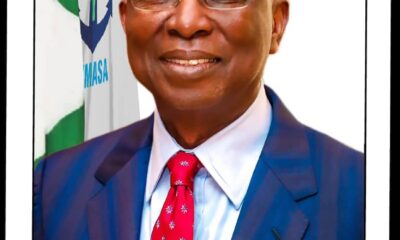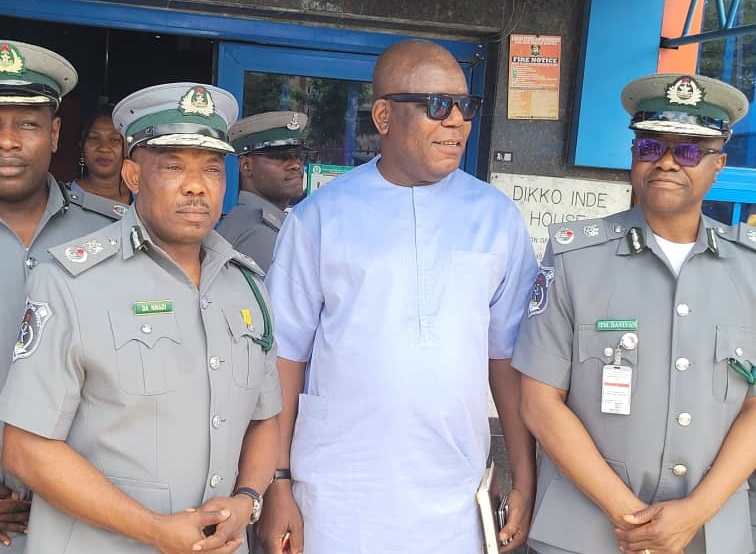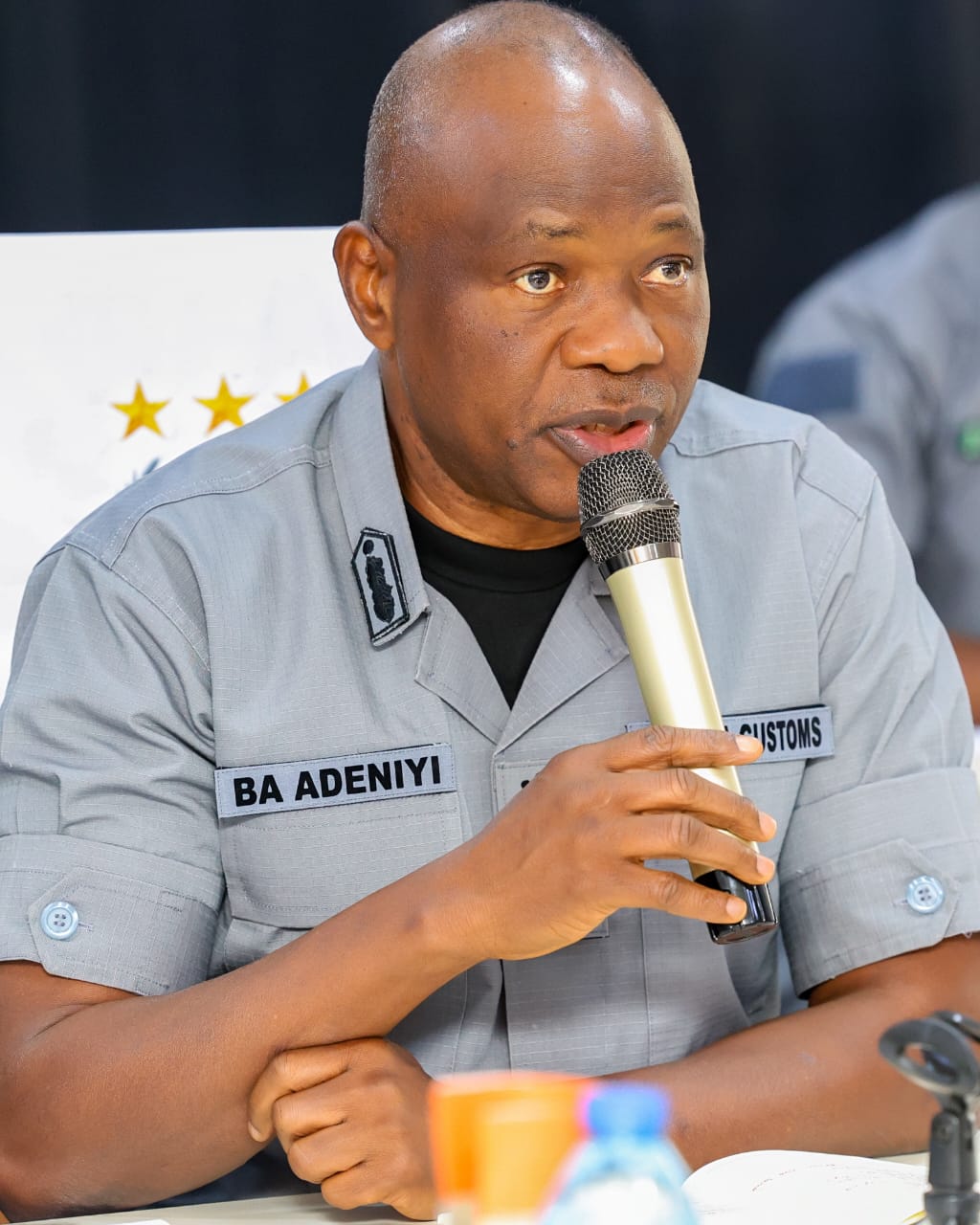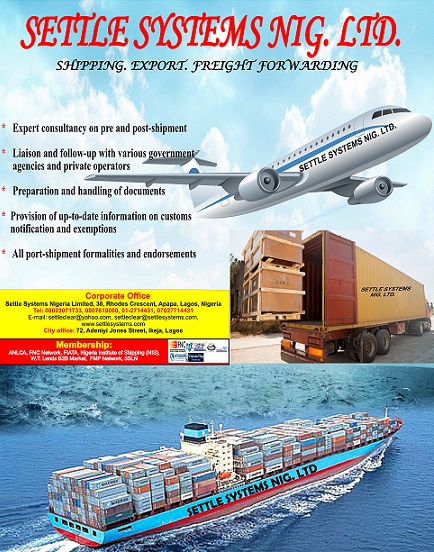International Maritime
CVFF: Aso Rock’s Resistance To Calls for Audit (1)
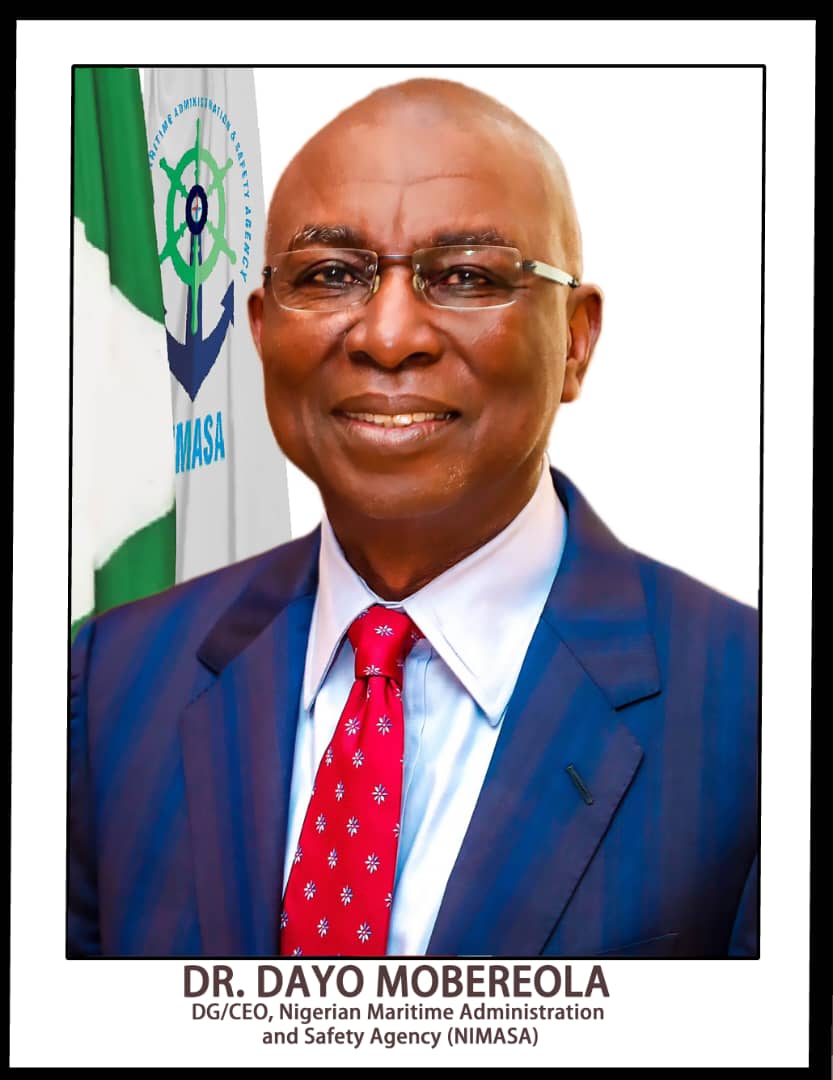
SILHOUTTE
BY EGUONO ODJEGBA
Last week, the executive management of the Nigerian Maritime Administration and Safety Agency (NIMASA) said it has initiated moves to partner with the Bank of Industry (BOI) in the area of capacity building.
NIMASA’s concern is perhaps not unconnected with the glaring neglect of the most critical aspect of the maritime industry which is the shipping subsector, which has been in the doldrums for over three decades. It is a known fact that despite the criticality of the shipping subsector, indigenous capacity has been less than five percent overall optimal potential.
It is also instructive that this subsector which has been yearning for capacity building over the past three decades has secured quite some commendable official intervention, but which unfortunately ended up a victim of the Nigerian factor.
Factors exemplified by a culture of impunity, sustained by a convoluted system of corruption and enabled through series of official mismanagement, incompetence, misappropriation, fraudulent manourvers and very often, outright stealing; without appropriate or sufficient legal deterrence structure.
A release by the Assistant Director, Department of Public Relations, Osagie Edward, quoted the Director General of NIMASA, Dr. Dayo Mobereola as saying the proposed synergy between NIMASA and BOI will provide enhanced operational fillip that will impact the overall growth of the national economy.
The release reads: “As part of efforts to enhance capacity in the Nigerian maritime sector, the management of the Nigerian Maritime Administration and Safety Agency (NIMASA) and the Bank of Industry (BOI) have initiated discussions on potential strategies for capacity building in the sector.”
According to the statement, the DG NIMASA who was represented by the Executive Director of Maritime Labour and Cabotage Services, Mr. Jibril Abba, during a visit by the Management of the Bank of Industry, led by Executive Director of Large Enterprises, Mrs. Ifeoma Uz’Okpala, said:
“In addition to safety, security, and maritime labor, the Agency’s mandate encompasses capacity development aimed at growing the sector. The aim is to actualize the vision of the Federal Government to reposition the maritime sector, especially with the creation of the Ministry of Marine and Blue Economy.”
For a long time already, what NIMSA has failed to admit is its failure to reasonably impact the development of the shipping subsector through responsible governance behaviour; not to even mention the fact of the existence of structures and interventions that have been meticulously put in place.
Not just NIMASA but also the leadership and management of the Nigerian National Petroleum Corporation (NNPC) in the past thirty years, who are believed to have played up their personal interests as against supporting the success of the Cabotage Act 2003.
But we shall come back to that subsequently, suffice it to state that both NIMASA and NNPC are believed to have spared no effort in ensuring that local shipping trade is subsumed under foreign control; as both institutions according to reports consistently create barriers on the path local content capacity participation.
It goes without saying that this leaves foreigners not only as dominant players but in absolute control of Nigeria’s entire freight, both coastal and international. In other words, foreign interests are helped to maintain control of Nigeria’s shipping business, while indigenous ship owners remain mere onlookers and at the best of favourable circumstances, play as hangers-on.
While Mobereola’s led NIMASA current effort to seek capacity building enhancing initiatives appears well intentioned and attractive, with a handful of such inherited similar capsules, it begs asking to what intent, given the anticipated end result, that these new initiatives like others that has been gathering dust in the Agency’s drawers will also amount to nothing.
Thus it is not hard to understand that these new efforts remain what they are, barefaced official distraction, theatre of the binge and unending absurdity. This brings us to the issue of the over seventeen years old Cabotage Vessels Financing Fund (CVFF) in the custody of the presidency, and which current status has acquired a gradual but worsening state of opaqueness, by the day.
While Aso Rock and the other organs of government, including the Ministry of Finance, Ministry of Marine and Blue Economy (Transport) and NIMASA have refused to disburse the Fund, the federal government has also tacitly resisted every entreaty by stakeholders to provide a statement of account as a guarantee that the Fund has not been misappropriated or stolen by politicians.
This is against the backdrop of allegation by the All Progressive Congress (APC) party in 2014, then as opposition party, that NIMASA has become Aso Rock’s ATM Card. Following that allegation, all efforts made since to get government to disburse or inquire into the state of the CVFF has either been rebuffed or attended to with shambolic orchestrations; some of which are so thoroughly planned that they wear the façade of believability until they also fall flat, pressed against time.
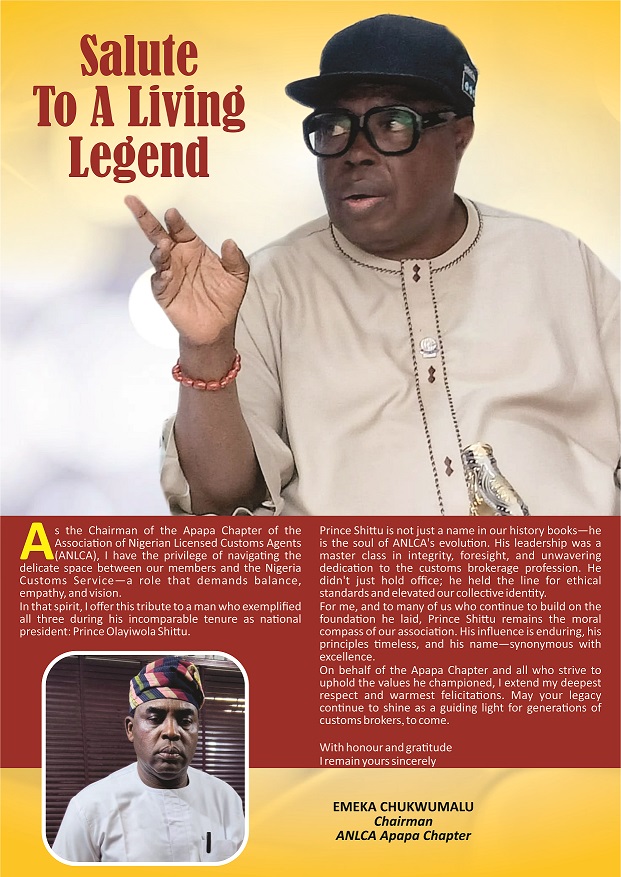
Former Ministers of Finance and Transportation, Mrs. Zainab Ahmed and Rt. Hon. Chibuike Amaechi, respectively, and immediate past DG NIMASA, Dr. Bashir Jamoh in 2022 played with the emotions of stakeholders and the industry when individually and collectively, the trio subjected Nigerians to the most humiliating and ingratiating false narratives, concerning the Fund.
They even operated without any sense of moral restraints as they set up various interactive facilities that also involved the primary lending institutions (PLIs), where indigenous ship owners incurred additional costs, in addition to their contributions that appear clearly trapped in government custody.
At the point NIMASA repeatedly failed to respond to requests to provide an audit of the Fund, it became clear that the unlucky Nigerian ship owners may have fallen victim of a likely Ponzi scheme.
Sadly, it is one seeming scam that no one can probe because of the nature, stature and position of those pulling the strings, which has all the appurtenances of obtaining by false pretext, aka 419 in all the official dimensions!
Transport management expert, Dr Segun Musa, last week stirred the hornet’s nest when he claimed that nothing is left in the account of the CVFF, noting that the money that accrued has been stolen by politicians and office holders.
“The money is not there. The only thing you can find there today is the one that has just been collected. If the money is there, it should be in trillions by now.
“Yes, I repeat, if the money is there, it should be in trillions Naira by now. In fact, they have shared it; that is why they are shy and even afraid to announce how much is there.”
The Chairman/CEO Widescope Int’l Logistics Limited, who was speaking at the Maritime Reporters Association of Nigeria (MARAN) monthly roundtable last week Tuesday, accused the administration of President Muhammadu Buhari of having misused the fund through mindless pilferage.
The outspoken business tycoon and budding Lagos frontline politician challenged anyone doubting his claims to submit an audit report of the fund.
“They have spent the money long ago. If they say they have anything now, it is just newly collected money. So, don’t let us deceive ourselves”, and challenged NIMASA to prove him wrong.
“For every rumour there’s always an element of truth. I remember vividly that at different forums, I’ve asked NIMASA, can you please audit the total collection up to date, since the time they started collecting CVFF.
“If a company is unable to audit its account, there will be suspicion of fraud. If a country is unable to audit its account, there will always be suspicion of fraud or mismanagement. So if you say Musa said NIMASA cannot account for the CVFF collection, let them come out and tell you tomorrow, come and see the audited account.”
He condemned the policy document that entrusted the fund in the custody of government without provisions relating to time frame for its disbursement.
“The money collected is not for the government to keep, the more you keep it, you deprive indigenous shipping players and actors; and the more you kill the maritime industry because they are not buying ships alone, they are also building capacity and creating jobs.”
There is speculation that whereas the CVFF has suffered abuse since the administration of President Olusegun Obasanjo, the Buhari government has been singled out as the biggest culprit.
Chibuike Amaechi and Zainub Ahmed in their ‘arrangee fight’ in 2022 when the heat was on the government to disburse the Fund, unwittingly revealed the calculated reluctance of the administration to respond to the where about of the money by tacitly trading blames. While Amaechi says President Buhari gave approval for the release the money.
Apparently playing her own part of the script, Ahmed, claimed that the money belonged to the federal government and not Nigerian ship owners; a ploy those whose business it is to know say is to stave off disgrace that the money has been stolen and shared.
Established in 2003 under the Coastal and Inland Shipping (Cabotage) Act, the CVFF was created to empower indigenous ship owners to acquire vessels and develop capacity to drive the nation’s coastal and inland shipping trade. Contributions into the Fund are made by foreign cargo liners and indigenous ship owners, while the federal government complements the tripartite arrangement.
It will be recalled that NIMASA has bandied different figures in the past five years as to what had accrued to the fund, the latest figure given in December 2022 being ₦16 billion and $350 million Dollars, by the then DG NIMASA, Dr. Bashir Jamoh.
Jamoh in a statement said “What we have collected so far is in two folds made up of Naira and Dollar components. So far, the Funds available under the CVFF in naira component is around Sixteen Billion naira (₦16,000,000,000:00), while contributions in Dollar component hovers around the Three Hundred and Fifty Million Dollar mark ($350,000,000:00).”











